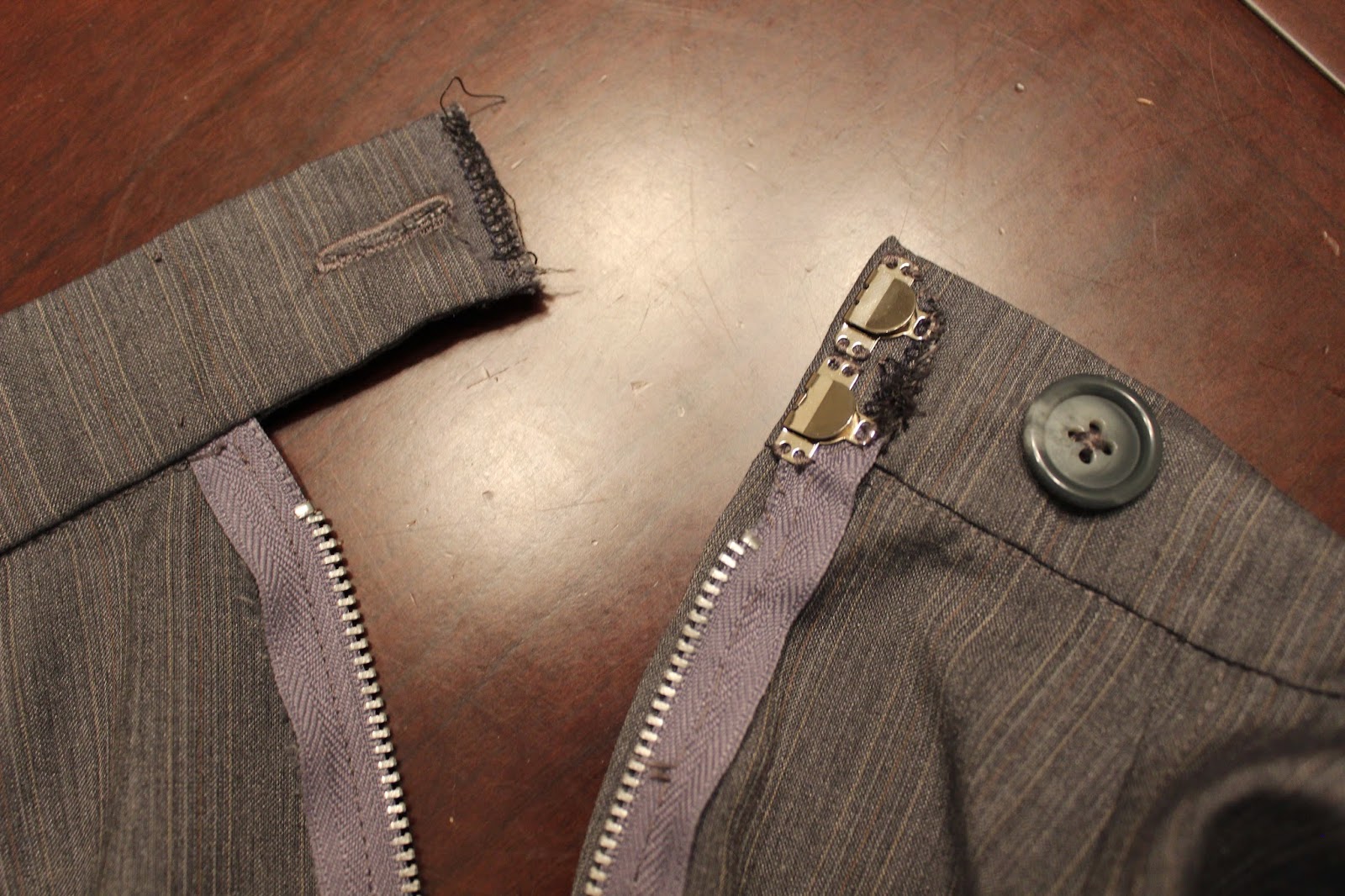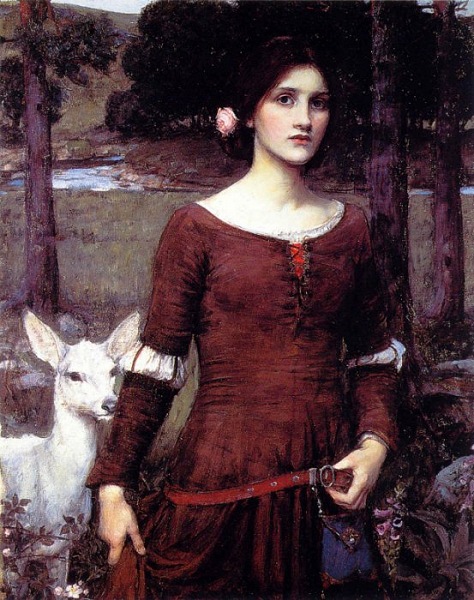Some fun tidbits:
"[Katherine] Hepburn was an avid tennis player, swimmer, and golfer, and she chose to adopt menswear (that is, pants) to enjoy these activities. She carried this casual, cross-dressing style to the RKO studio lot where her pants were once stolen… until she threatened to walk around in her underwear if the slacks were not returned."
"In England during WWII, many women actually wore their husbands’ civilian clothes to work in and to save money. As the clothes wore out, pants made to fit women became increasingly popular so that by 1944 it was reported that five times more women’s trousers were sold than in 1943." [x]
"It was not until they were essential to war-time efforts and jobs that most of society deemed them acceptable, and even then, preferred them worn only at work." [x]
Another aspect I wanted to include was fabric rationing. I found some charts and lists of things that were rationed during the war. Wool was a rationed fabric, and could only be 9 oz weight or less. I found a lovely grey wool that is so lightweight that you'd think it was cotton. I bought three yards, but only ended up needing about a yard and a half. I couldn't find a manufacturing limit on trousers, except that they couldn't have cuffs. Mine do not. But some manufacturers were limited to 2 yards for a dress, so I was well under that condition. And skirts couldn't have a waistband wider than three inches. Mine is about an inch and a half. The wool is so light it's actually a tiny bit sheer, so I thought I would need a lining at first. However, after putting together a cotton lining, I didn't care for the way the pants hung. They looked kind of blocky and stiff. And in the spirit of rationing, it was probably defeating the purpose. So I took out the lining and they look much better that way.
I don't have many photos of my process, as this was a pretty simply project. I made only slight alterations to the pattern, taking up the rise a bit, taking it in in the back, and giving myself a little more room in the hip. I really thought this would be my first attempt at a bound buttonhole, but I didn't have any buttons I liked well enough for the outside, and I didn't feel like buying anything else. So I put in a couple of hook and bar closures, plus a button on the inside to keep it completely closed.
Taking up the rise a bit
Metal zipper and closures, from the inside
My (mostly) handsewn lapped zipper, plus a good shoot of the delicate pinstripe on the fabric.
The Challenge: Politics
Fabric: 100% wool
Pattern: Simplicity 3688
Year: 1941
Notions: Metal zipper, hooks and bars, plastic
button
How historically accurate is it? The pattern is a Simplicity
Reproduction of a 1941 pattern, which I (unusually) followed very faithfully.
The materials are all period appropriate as well (for a change). The seam
allowances on the inside are serged though.
Hours to complete: 4-6 if you subtract the wasted time I spent on the
lining I didn't use.
First worn: Not yet, except to model.
Total cost: About $20, without the lining
materialAnd the final product:
Guest starring my Husband's cute umbrella.
Cause it was a bit rainy.
The back
I'm excited cause there's an alligator and a Roseate Spoonbill in the lake behind me.




























